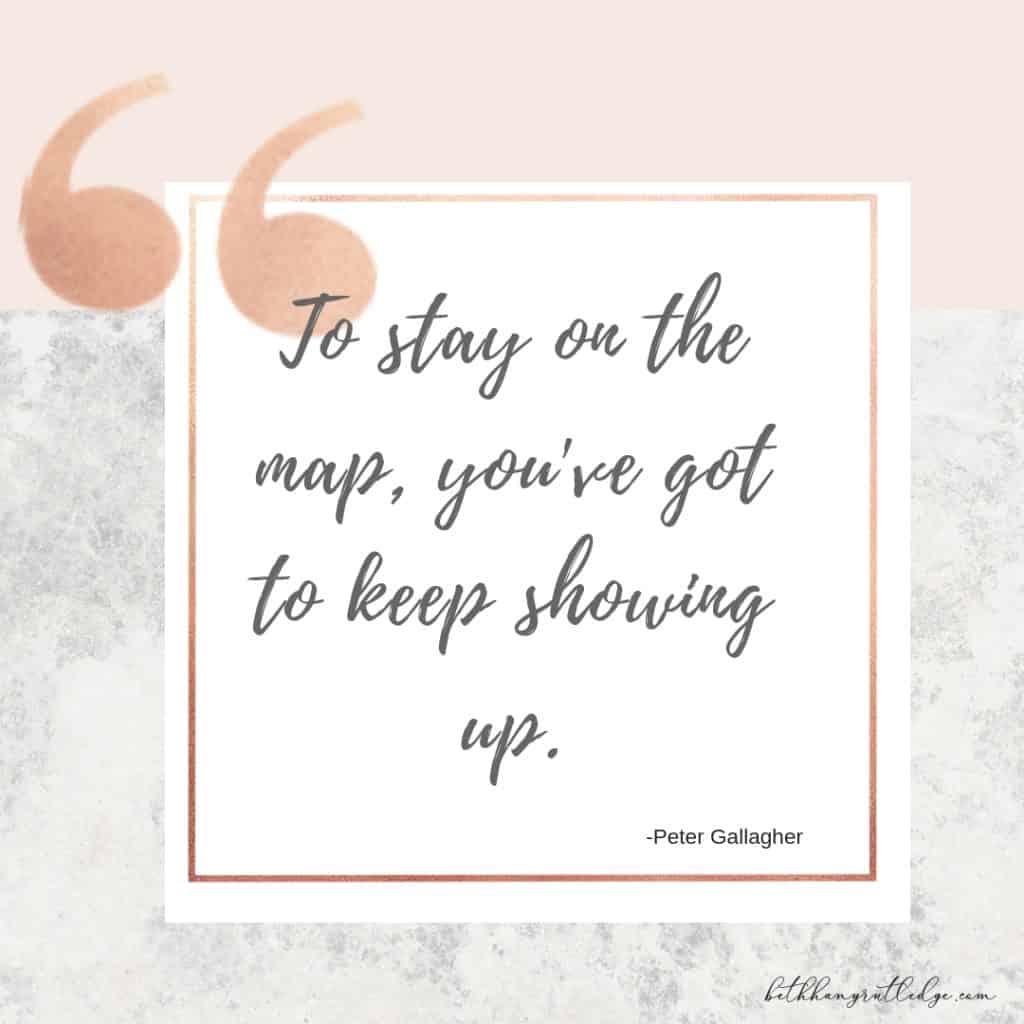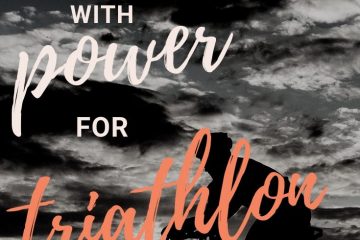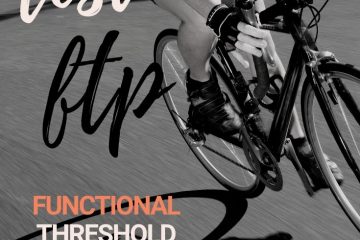What to do when your run legs are dead tired

Whether you’re in training for your first 5k or your 10th IRONMAN, there will be times when your running legs are tired, and worse, you cannot meet all the objectives in your session.
What should you do next? Here’s some motivation for a bad run, and advice on when to bail.
You’ve been running more. Training is going well. Your running legs are tired. Normal.
But today is different. Maybe you start your run and you just can’t seem to get warmed up, or your heart rate is in the stratosphere on the day it’s supposed to be an easy run.
That’s when the doubts start to appear.
You thought you were in good shape, but maybe you’re the most unfit person ever.
You may have some sort of horrible condition.
You were an idiot to even think of attempting this 5k-slash-tenth IRONMAN. Who do you even think you are?
We’ve all been there. The question is, should you force yourself to run through tired legs or pack it in?
The answer like many things in life is it depends on your phase of training and the workout objectives. Here are a few questions to ask yourself to determine whether you should keep going or bail.

Tired Legs Running
Questions to ask yourself:
Is is a pattern? – Think about it this way. If you were able to perfectly meet every workout objective 100% of the time, then it’s also true that your plan wouldn’t be challenging enough for you to continue to improve.
So if you have a workout or two where you don’t hit your numbers, that’s one thing. But if you’ve had several sessions in a row of fail it’s time to revisit your plan. You may be in need of a recovery period.
Is it the plan? The process of training is essentially digging a little hole of fatigue, then recovering with the body adapting to become stronger as a result.
Therefore, if you’re reaching the end of a training block, it’s likely you will be feeling the last few weeks in your legs. This doesn’t definitively answer whether you should bail on your training session but it’s something to keep in mind as you consider your options.
Is the completion of time or distance a primary objective?
Let’s say your in the race specific phase for IM training have a six hour bike ride with some IM – HIM specific intervals thrown in. You’re three hours in and realize that no intervals will happen on this day.
What do you do? Bail or carry on?
In this situation, it’s quite likely that your coach intended the completion of the specified time as the primary objective (but ask).Therefore, the first order of business is to cut the intensity and carry on at an easier pace.
But sometimes the primary objective of the workout is to hit your numbers. A counter example would be that your workout for the day is VO2 intervals and after a solid warmup, you start the first interval only to find that you can’t even push your legs into the threshold range.
It’s likely for this workout, your coach intended the prescribed intensity as the primary objective of the workout. Therefore, it may be a situation that facilitates pushing the session back a day
Is it a ‘duh’ moment? In other words is there something specific about today that makes the workout impossible that will change tomorrow.
For example, if you stayed out all night singing karaoke, you may feel like your workout is impossible (and for good reason). Since it’s an acute “duh” situation you also know that tomorrow (or the next day) you should feel more rested and prepared
Do you still have good form? Above all, be smart! Running is the time to be especially careful. If your primary objective is to complete a certain time or distance and your pace has slowed, that’s one thing. But if your pace has slowed and you’re limping or your form has degraded significantly, then you don’t want to push yourself to the point of injury.

now that we’ve covered some factors to consider, here are a few dos when your session just isn’t going to happen.

Check in with your coach- Check in with your coach if possible. They likely have a thought process for what to do if this session doesn’t happen. For example, maybe they want you to push a key session to another day and finish out today’s workout easy.
Be honest with yourself- For type As, the desire to check boxes is strong. Are you chasing a short-term win instead of a long-term objective?
The ultimate check-in question – Is this decision taking me closer to–or further from– my ultimate goal? This sounds like a duh, but you’d be surprised at how other priorities, such as checking off all sessions perfectly, can get in the way or supercede the most important goal at all, becoming prepared for your event.
What are your best tips for knowing whether to stick with–or bail from–a workout. What’s the worst mistake you’ve made on yours? I’d love to hear! Please leave me a comment below.
Looking for courage to try something new? I’m here for that. Join 1470 others for a mostly-weekly dose of mojo.

Hi, I’m Bethany–coach, author of Courage to Tri, 2x Kona qualifier, and twin mom. Helping writers grow online presence to spread their message in a digital world.
Free guide: cross your first finish line in 2019
Next up: 5 ways to really improve your running.
Other ideas for your fitness journey:
- Ultimate Guide: How to start cycling
- Find your runner personality [ to go faster]
- Top 4 worst new runner mistakes
- How does Garmin race predictor work?
- The real deal on getting back in shape after baby
Like this idea? Pin it!

We are a participant in the Amazon Services LLC Associates Program, an affiliate advertising program designed to provide a means for us to earn fees by linking to Amazon.com and affiliated sites.


